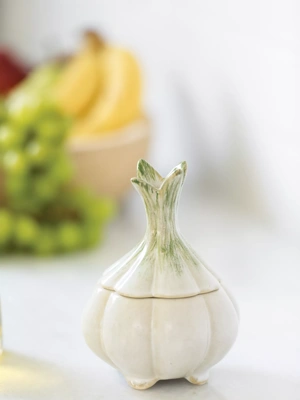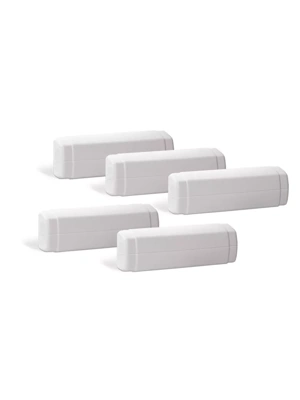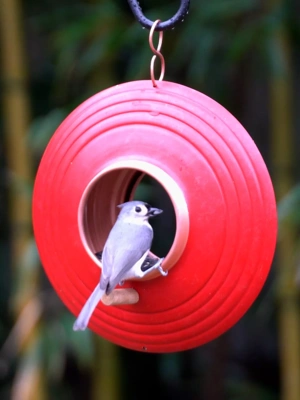Fruit Fly
 Fruit Fly Photo: Katja Schulz
Fruit Fly Photo: Katja SchulzNothing draws a crowd of fruit flies like an overripe tomato or strawberry, because decaying fruit is a fruit fly's ideal egg-laying site. After hatching, fruit fly grubs spend three or four days feeding on the decaying fruit before they mature into breeding adults, and the cycle begins again.
These 1/4″ flies are rarely a problem in gardens except in warm-winter areas, and even indoors they are more of an annoyance than a serious pest. In most cases, fruit flies should be considered beneficial insects. The decaying matter they eat might otherwise turn into a source of fungal or bacterial infection or attract more undesirable pests, such as mice or rats. Fruit flies are found throughout North America.
Prevention and Control
- Fruit flies in the garden are a sign that you need to clean up decaying material and compost it.
- If you live in a mild climate and grow fruit trees, plant flowering groundcovers between trees to attract fly predators such as ground beetles. Pick up and destroy fallen fruit every day in the summertime.
- Indoors, consume ripening fruit immediately or store it in the refrigerator. Keep your indoor compost pail tightly covered and empty it every day or two.
- If you find fruit flies inside your house, first look for and remove any rotting fruit or vegetables. Don't forget to search cupboards for potatoes or onions that are starting to rot, and clean out your garbage disposal. The problem will usually disappear in a couple of days.
- Set up a fruit fly trap or place a sweet attractant such as cider vinegar inside a bottle or container that fruit flies can enter, but from which they can't escape.
Last updated: 03/15/2024
Print this Article:
Related items
Get the Dirt
Stay up to date on new articles and advice. Please fill out the information below.











